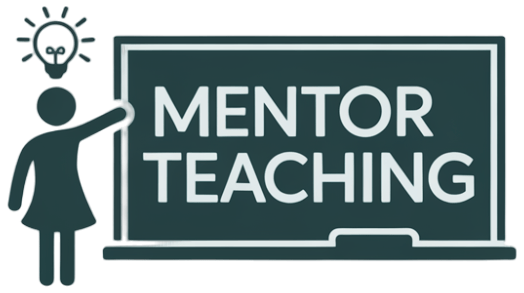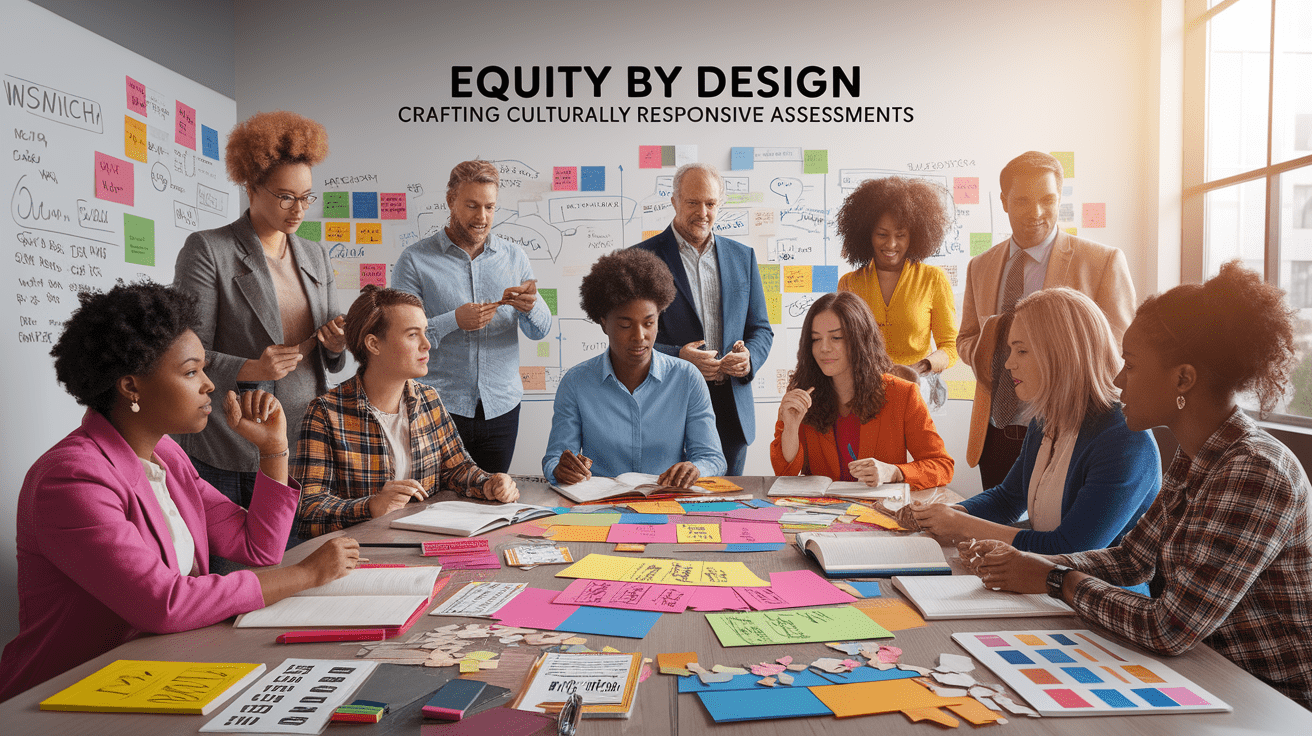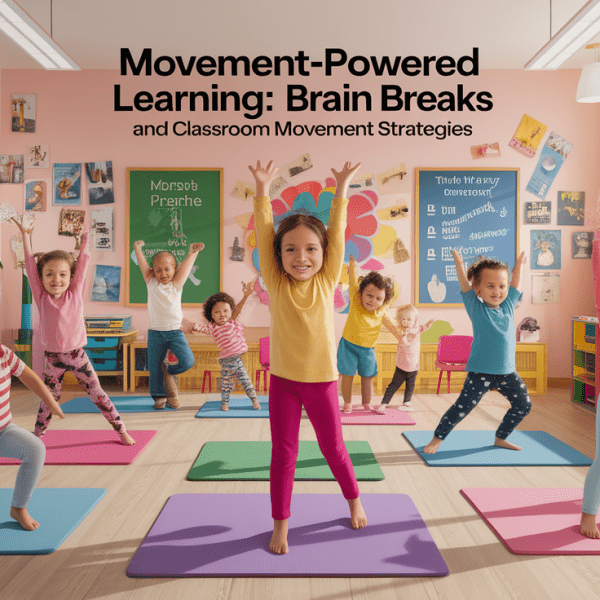Welcome to Equity: Defining Culturally Responsive Assessment
Imagine walking into a classroom where every student feels seen, valued, and understood—not just for their test scores, but for the cultural backgrounds, experiences, and identities they bring to the learning space. That’s the heart of culturally responsive assessment. In essence, it’s about creating evaluation methods that honor diversity instead of unintentionally reinforcing dominant cultural norms.
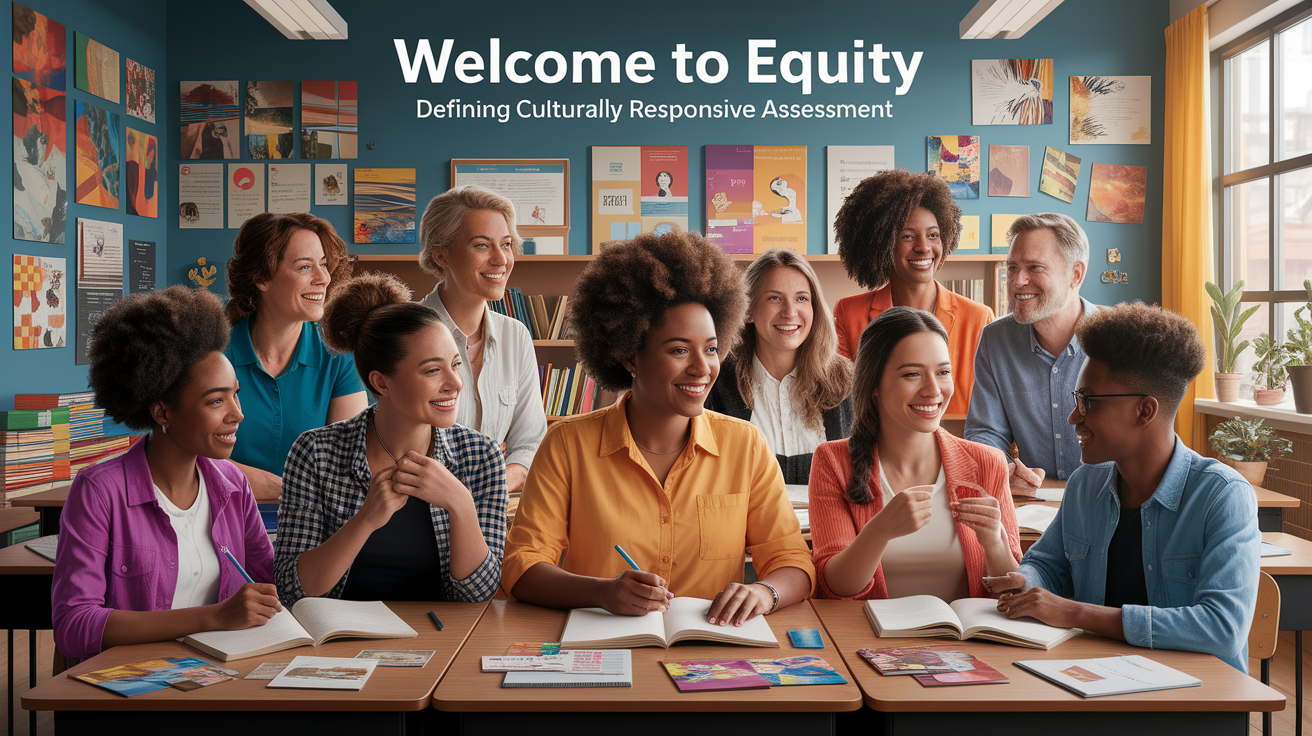
According to the OSPI Culturally Responsive Formative Assessment FAQ, this approach looks beyond content mastery to understand how a student’s cultural and linguistic context affects their demonstration of knowledge. It’s about balancing rigor with empathy—designing assessments that don’t just measure learning but connect meaningfully to a student’s lived reality.
Pillars of Culturally Responsive Assessment Design
Every strong house needs sturdy pillars, and culturally responsive assessment design rests on several foundational supports:
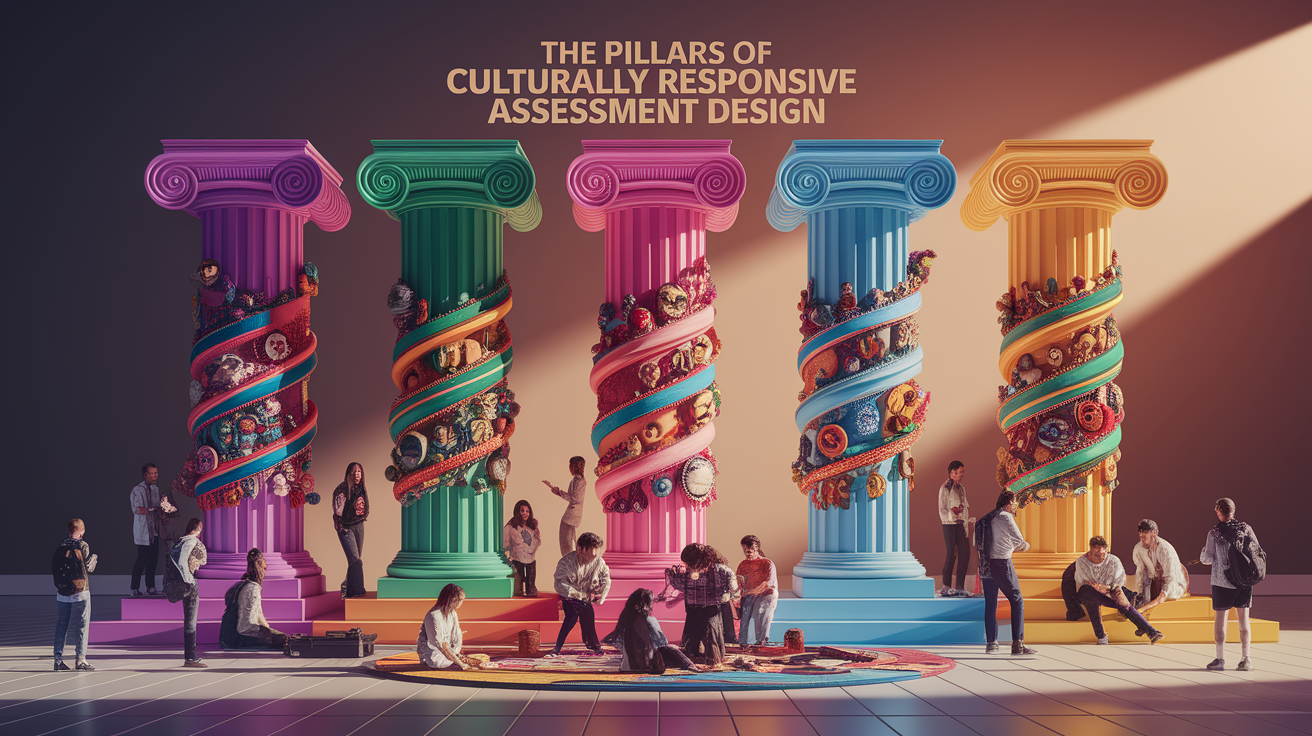
- Affirming cultural identities: Validating the backgrounds and experiences of diverse learners builds trust and engagement.
- Equity over uniformity: Recognizing that fairness doesn’t mean everyone gets the same, but that everyone gets what they need to thrive.
- Bias-free evaluation: Actively challenging assessment bias to ensure inclusive practices and equitable outcomes.
- Cross-cultural validity: Ensuring that assessment measures are culturally relevant and accurate for diverse populations.
Drawing from the principles of culturally relevant pedagogy, these pillars also promote cultural competence and critical consciousness—keys to dismantling systemic inequities.
Designing with Intent: Practical Strategies
Think of assessment design as cooking for a group with different tastes—you don’t just make one dish and hope for the best; you tailor the recipe so everyone can enjoy the meal. Here are some fun, engaging, and actionable strategies for creating culturally responsive assessments:

- Integrate student voices: Invite learners to contribute ideas for assessment formats that resonate with their cultural backgrounds.
- Contextualize tasks: Use examples and scenarios that reflect students’ communities, traditions, and experiences.
- Offer choice: Let students demonstrate understanding through multiple modalities—projects, presentations, or written responses.
- Language accommodations: Make room for linguistic diversity, providing translations or bilingual supports where needed.
- Reflect and adapt: Regularly assess the cultural relevance of your activities using tools like the Culturally Responsive Assessment Tool.
Overcoming Challenges in Implementation
Let’s be real—making the leap to fully inclusive evaluation can sometimes feel like trying to turn a cruise ship in a narrow canal. Large-scale standardized testing often struggles with cultural sensitivity, as highlighted by NCCIEA’s discussion on assessment bias and community-based solutions.

While classroom assessments allow more flexibility for adaptation, systemic change takes persistence. Examples like Hawaiian language immersion schools developing their own standards show us the power of innovation. Start small with formative assessments, and gradually work toward influencing broader evaluation policies that embrace cultural responsiveness.
Evaluating Impact and Sustaining Growth
Once you’ve planted the seeds of culturally responsive assessment, how do you know they’re growing? Begin by collecting both qualitative and quantitative data—student reflections, performance trends, and engagement metrics. Look for signs of improved cultural competency, higher motivation, and increased demonstration of knowledge through varied methods.
Frameworks such as the Culturally Responsive-Sustaining Education Framework offer guidance for measuring success and ensuring continued adaptation. Long-term growth comes from ongoing professional learning, collaboration, and a willingness to innovate.
Closing the Loop: Building an Inclusive Assessment Culture
Creating an inclusive assessment culture is like hosting a community potluck—everyone brings something unique, and the table is richer for it. By embedding respect, representation, and relevance into assessment design, educators can move toward true educational equity.
When teachers consistently apply culturally sensitive practices, they model empathy and understanding for students, sparking a ripple effect of inclusion throughout the school community. The ultimate goal? A learning environment where diverse learners not only feel valued, but empowered to thrive.
